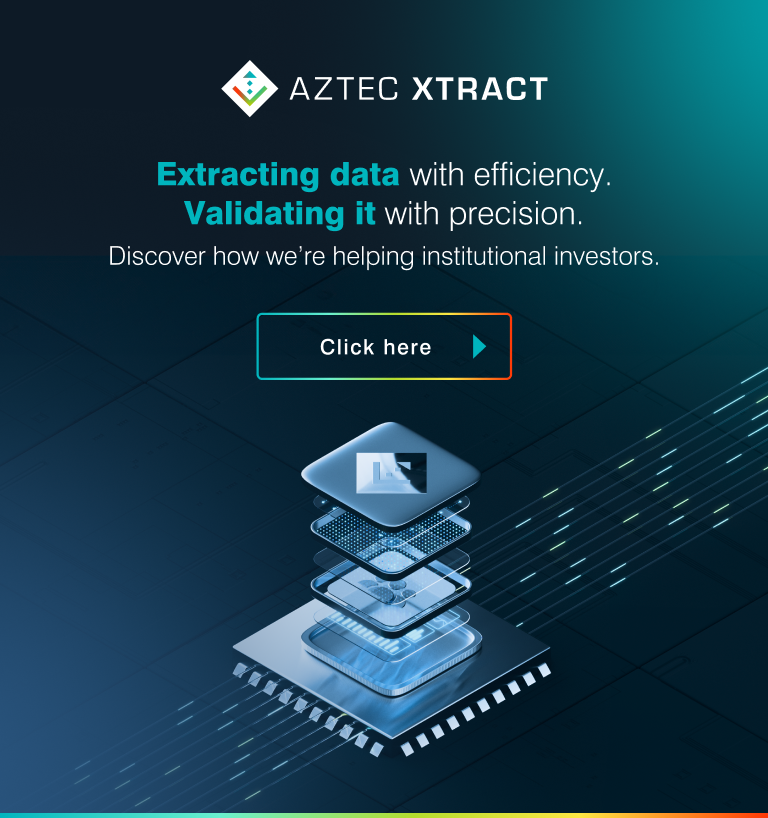The use of side letters and other tailored governance arrangements has become an increasingly prevalent feature in the private markets landscape, a trend which includes fund of funds structures. As institutional investors seek greater control over their commitments, governance rights, and reporting standards, side letters allow them to negotiate customized terms beyond the general limited partnership agreement (LPA). However, while these arrangements provide significant benefits, they also introduce operational complexity, compliance risks, and administrative burdens.
In this article we’ll explore the crucial role a specialist fund administrator can play in managing these complexities. From ensuring compliance with investor-specific obligations to streamlining reporting and fee calculations. As the volume and complexity of side letters increases, the role of an administrator becomes ever more critical in ensuring smooth execution and ongoing compliance.
In venture capital and private equity funds, LPAs serve as the foundation for fund governance and economic arrangements, and are designed to be broadly applicable to all limited partners (LPs). Large or strategic investors often seek additional protections, preferential terms, or customized reporting, which cannot be easily embedded within a standard LPA without creating inconsistency among investors. Side letters address this issue by allowing investors to secure bespoke terms without disrupting the broader fund structure.
While side letters are bespoke agreements, they tend to cover a common set of provisions that address investor-specific needs. Some of the most frequent categories of side letter provisions include:
While these terms vary from one fund to another, they must be carefully managed to ensure that they do not create inconsistencies, operational challenges, or conflicts with fund documents.
One of the most common side letter provisions is MFN clauses. MFNs allow investors to benefit from the terms granted to other investors in the same fund. Essentially, an MFN provision ensures that no investor receives preferential treatment without offering the same terms to others.
Here’s how MFN provisions typically work:
These provisions help maintain an even-handed approach to investor rights, ensuring that all investors are treated fairly while accommodating specific needs and circumstances
While side letters provide essential flexibility, considerations should be given to the following factors, to ensure a seamless onboarding process:
Given these challenges, fund managers must implement robust governance and tracking mechanisms to ensure compliance with all investor-specific terms.
A specialist fund administrator plays a vital role in ensuring that side letters are properly structured, executed, and managed throughout the life of the fund. The complexity of tracking multiple bespoke agreements across investors makes a dedicated administration function essential for mitigating risks and ensuring compliance. Automation and the use of systems can ease centralized recordkeeping, reporting needs, complex calculations and monitoring, while AI can help enhance efficiency, reducing the administrative burden resulting from the increasing use of side letters.
A specialized fund administrator can help with the following processes related to side letter management:
In essence, a fund administrator does far more than simply track side letter terms—they act as a strategic partner, ensuring that investor-specific arrangements enhance fund efficiency rather than create operational bottlenecks.
Side letters and tailored governance arrangements have become a fundamental aspect in venture capital and private equity funds. They allow LPs to negotiate customized terms that align with their regulatory, economic, and governance requirements. However, these arrangements introduce significant complexity, requiring fund managers to navigate intricate compliance, reporting, and operational challenges.
A specialist fund administrator provides the expertise and technology needed to streamline side letter management, reduce risk, ensuring terms are adhered to for each investor. By leveraging a strong administrator, fund of funds managers can focus on investment strategy and investor relations, confident that their tailored agreements are being handled with precision and efficiency.
Whether it’s managing large volumes of unstructured and unstandardized data from multiple sources or navigating highly nuanced and complex structuring, investor management and governance requirements specific to fund of funds managers – your fund operations deserve more than a standard administrative approach.
With specialist teams, purpose-built technology, and a proven track record in supporting your peers, we understand the unique demands and complexities you face – and can apply this rich insight and experience directly to your funds. What’s more, our end-to-end data management solution, Aztec Xtract, blends AI and automation with specialist human expertise to deliver reliable, structured and decision-ready data that empowers you to act with speed and confidence.
To learn more about how we can support your fund of funds administrative needs, please contact James Duffield, Nadia Assaadi-Irtizaali, or Ore Adegbotolu.




To discover for yourself what makes us the bright alternative and how we can support, please contact James Duffield, our Group Head of Business Development.